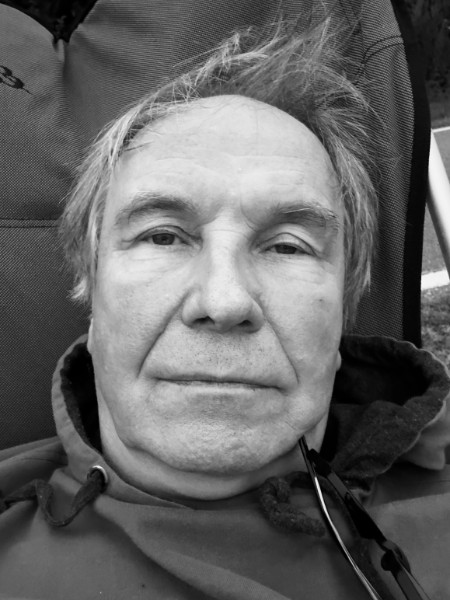A statue, building, or other structure erected to commemorate a famous or notable person or event.
Derived from the Latin monere:
To remind, advise, or warn.
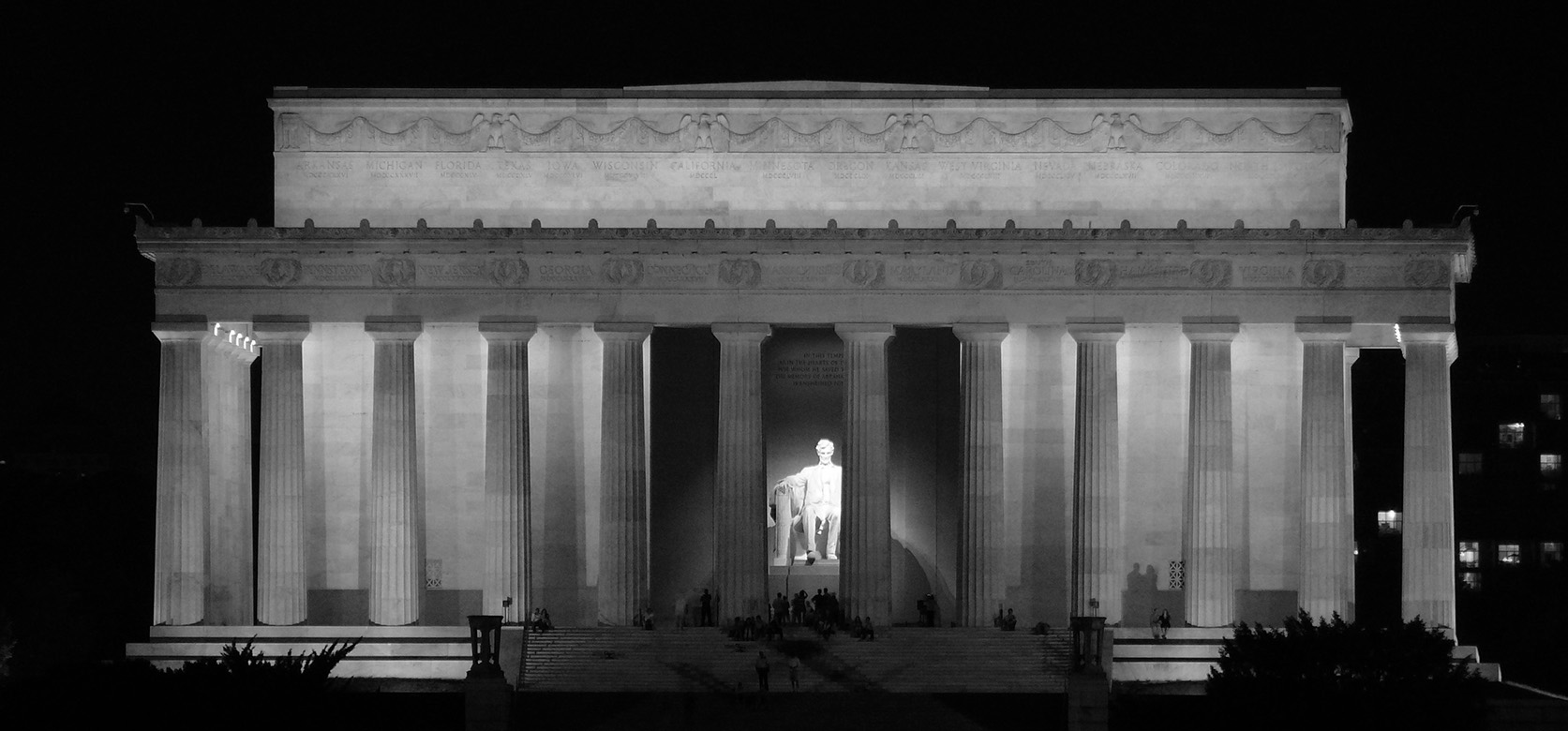
The Dirty Water Project is an exploration of the tension that exists between consecration and condemnation in a society that is increasingly preoccupied with the sanctity of thoughts and actions. The Romans venerated their dead emperors as gods, and a young United States deified its fallen presidents with Egyptian obelisks and Greek temples. However, the torrent of monuments that defined much of the American civic landscape in its first century has become a trickle in its third.
There are a myriad of reasons for this change, and given the weaponization of monuments by groups like the United Daughters of the Confederacy it is understandable that American society as a whole should view the creation of monuments with some skepticism…but history did not stop just because we took monuments down from their pedestals.
Which brings us to the question that the Dirty Water Project seeks to answer: how do we preserve civic memory? How do we remind future generations of what has come before. How do we advise them on what actions to take, and how do we warn them against the ugliness that resides below the surface.
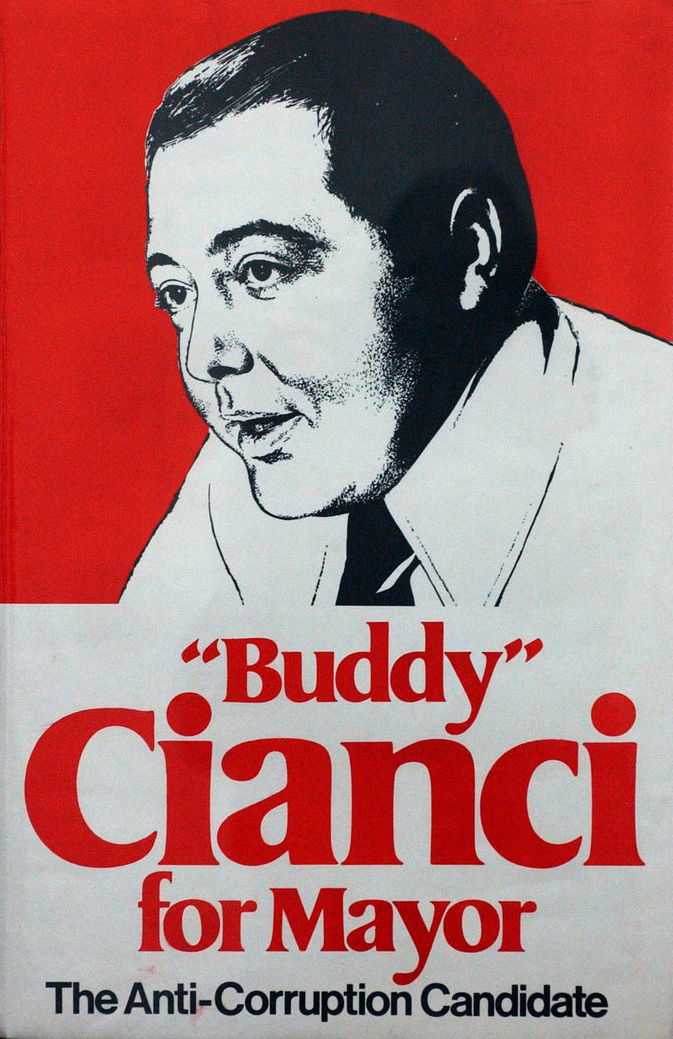
It would be difficult to find a more controversial figure in Providence’s history than Vincent A. “Buddy” Cianci Jr. Described as everything from a “beloved rascal” and "wisecracking political rogue” to “a piece of shit that did lasting damage to the state”, Cianci’s two terms as mayor of Providence (1975 to 1984 and 1991 to 2002) were marked by profound change, and rampant corruption.
Elected to office as an anti-corruption candidate pushing back against 150 years of Irish-Democratic hegemony, Cianci was Providence’s youngest mayor. His efforts to revitalize the city earned him the admiration of many, and for a time he was considered a rising star within the Republican party. However, behind the scenes Cianci was overseeing a corrupt city hall with 30 subordinates indicted and 16 sentenced to prison. Cianci’s ex-wife, Sheila Bentley later described her marriage as psychological torture, “his greatest weapon was his brain [...] and the mental anguish that he personally loved to put you through in a day was overwhelming.” It was Cianci’s volatile relationship with Bentley that was the catalyst for the infamous assault and torture of Raymond DeLeo in March of 1983. Despite being estranged at the time, Cianci suspected DeLeo of having a sexual relationship with Bentley (which both Bentley and DeLeo denied), which led Cianci to have Deleo brought to his home. According to reports a uniformed police officer and a sitting judge were present in Cianci’s home while he tortured DeLeo with a lit cigarette and a log from the fireplace.
Cianci ended up pleading “no contest” to felony assault, and while he did not serve prison time for the offense, he was forced to resign as mayor due to city regulations (which Cianci had promoted) that barred felons from holding public office. Despite efforts to run in the special election to replace him, Cianci was ultimately forced to step away from public office….but that did not mean he stepped away from the public view. Instead, Cianci used his popularity (and notoriety) to launch a career as a radio talk show host and television commentator.
The road to Cianci’s return was paved by the passage of “The Buddy Amendment" in 1986 which changed the Rhode Island constitution to allow for convicted felons to hold office upon completion of probation. With Cianci’s five year sentence concluding in 1989, Cianci was ready for his “epic comeback” in the mayoral election of 1990.
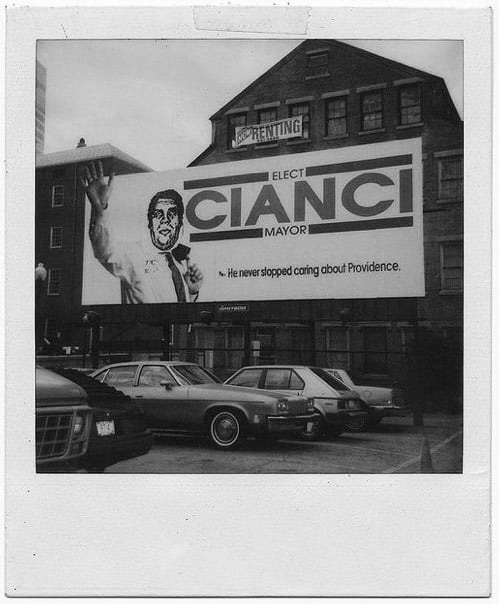
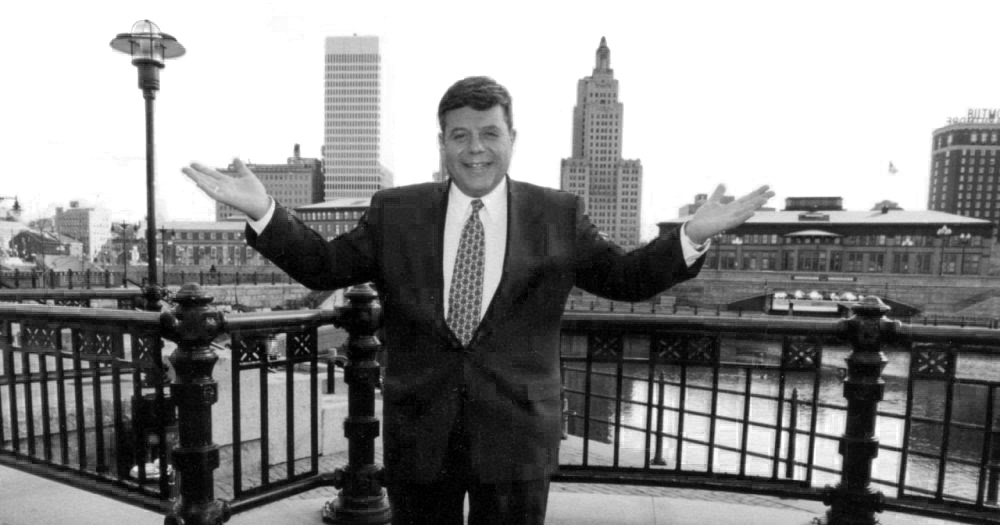
In Cianci’s second term as mayor of Providence he exceeded his previous term in both achievements and scandals. Over the span of the next decade Cianci would launch a major urban development project dubbed the “Providence Renaissance” that would result in the creation of the Providence Place Mall, Rhode Island Convention Center, and Fleet Skating Center (now Amica Mutual Pavilion), as well as the restoration of the Providence Performing Arts Center, the Biltmore Hotel (now Graduate Hotel), and the Roger Williams Zoo. Cianci was also instrumental in uncovering the Providence River and making it a central feature of the city. He also helped to orchestrate and establish the WaterFire festival and was an early pioneer of Arts and Entertainment tax districts.
However, while Cianci’s vision and achievements grew in his second term, so too did his appetite for power and corruption. This included extorting local institutions like withholding permits from the University Club and threatening negative inspections against Brown University. Cianci was ordered to repay $42k after he was found using campaign funds to pay for private parties for his friends and family. Between financial kickbacks (like accepting $200k for privatizing the city’s garbage collection) and financial mismanagement it is speculated that Cianci embezzled millions of dollars in public money.
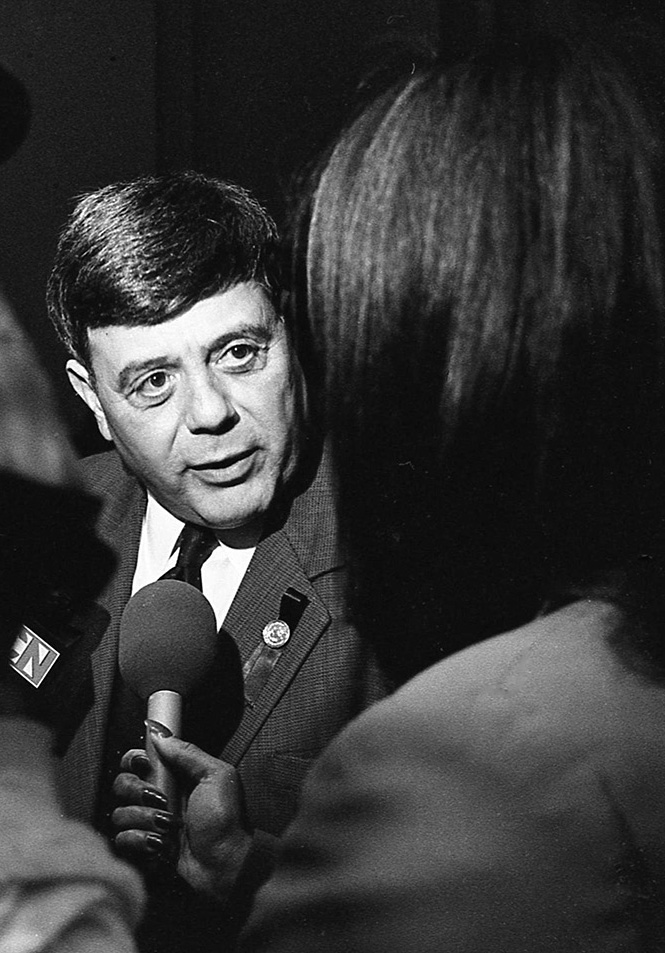
Much like his first term, Cianci’s second term came to a tumultuous end in a court room. This time it was thanks to the FBI’s Operation Plunder Dome which ultimately saw Cianci indicted on 30 felony charges. While he managed to be acquitted on all but one charge, his conviction of racketeering and conspiracy in June of 2002 ultimately brought an end to his administration. To quote one commentator at the time: "Clearly, there is a feeling in city government in Providence that corruption is tolerated. In this mayor's two administrations, there has been more corruption in the City of Providence than in the history of this state".
Again, Cianci returned to media after completing his 64 month prison sentence where he became a fixture on radio and TV. He also made one final run for office in 2014 but lost to the Democrat Jorge Elorza before dying of colon cancer in 2016.
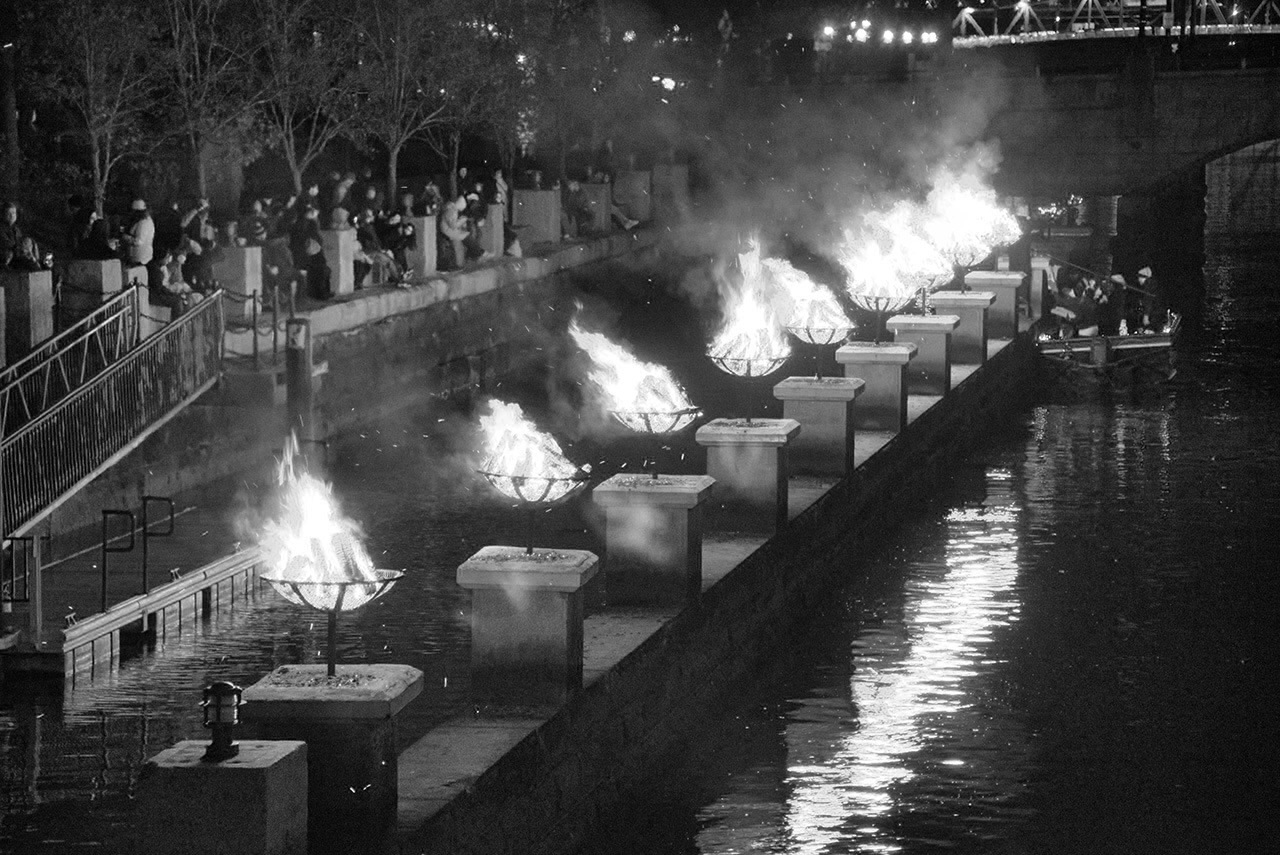
To say that Buddy Cianci’s legacy is complex would be a profound understatement. Providence as it is known today, for better and for worse, would not exist without Cianci. Few figures have shaped a city like Cianci has (perhaps the closest parallel is the equally controversial Robert Moses). While he may be credited for all that was built under his administration, he was just as responsible for everything that went undone: the systemic racism, the collapsing infrastructure, the poverty, and atrophying institutions. Cianci created a “Renaissance City”, but much like his famous hairpiece it was arguably a superficial construct. The epitaph “I am Providence” famously marks the grave of H.P. Lovecraft, but one could argue that it is just as appropriate for Cianci as the very fabric of Providence’s city life is forever suffused with the man.
How then does the city of Providence choose to remember Cianci? His influence is evident, but leaving the complex legacy of Buddy Cianci to mute facades and fleeting human memory means surrendering a critical element of Providence’s soul to the capriciousness of history. Some may argue that Cianci deserves to be forgotten, but erasure means omitting both perpetrator and victim. Would it not be better to remember Cianci in his totality: a man with an immense capacity for generosity and cruelty who gave bountifully and took voraciously?
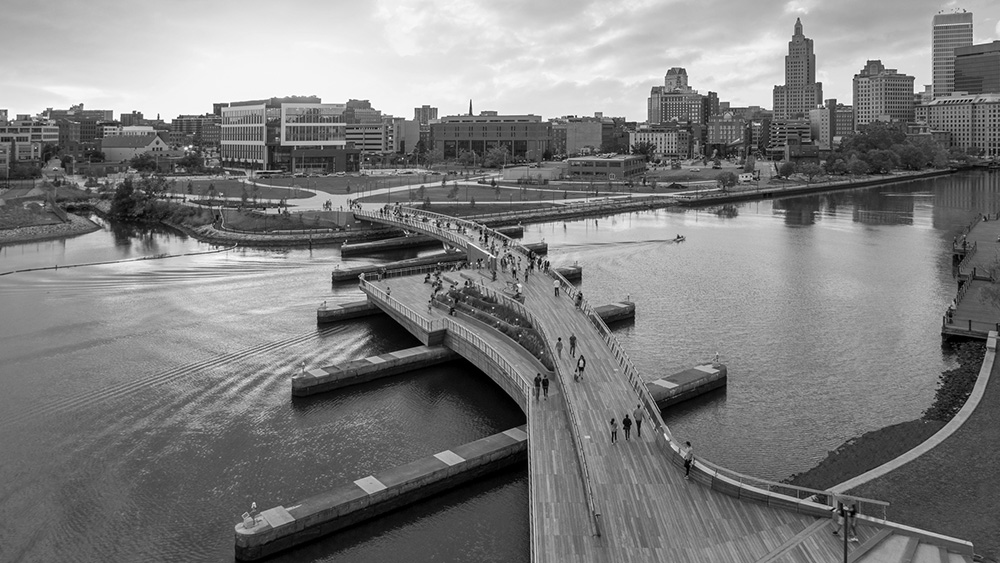
The Dirty Water Project seeks to answer this question through a work of public sculpture: a three dimensional portrait of Buddy Cianci placed in the Providence River that uses the dirt and detritus of the river’s water to create an image of the former mayor. As envisioned, the sculpture would sit below the surface of the water beneath one of the bridges that cross the river, gazing up at pedestrians from the turbid waters Cianci helped to uncover. We do not seek to elevate Cianci, on the contrary, to view the sculpture viewers would literally look down on him, but in the process they would also see themselves reflected back. We also do not seek to indict Cianci either, rather we are seeking to take an active role in shaping how the city of Providence chooses to remember Cianci.
With this in mind we are looking to the residents, friends, and neighbors of Providence to make their voices heard on the scale and scope of this project. What are your thoughts on Cianci and his legacy? How should he be remembered? Should controversial figures be remembered in ways that reflect moral complexity rather than simple condemnation or celebration? Are you open to having a sculpture in the Providence River that attempts to reconcile his achievements and his crimes? Would something temporary be more palatable than a permanent installation? Please let us know by completing this brief survey.
The Dirty Water Project is a collaboration between artist and designer Andrew Lloyd Goodman and artist and filmmaker Saulus Sruogis which began as an exploration of sculptural forms that evolved into a larger conversation on civic memory and what is lost when a society selectively chooses to forget. Design and fabrication was largely undertaken by Goodman while Sruogis provided art direction and research.
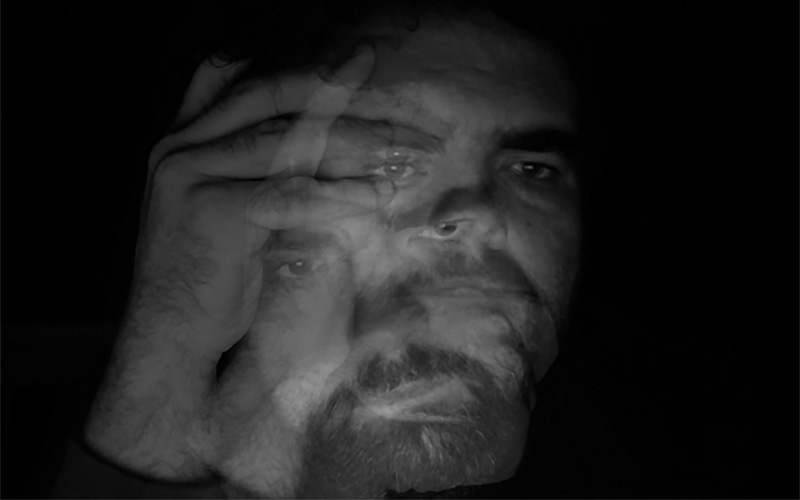
Goodman was a Providence resident from 2009 to 2015 and is currently an Associate Professor of Digital Art and Design at the Community College of Rhode Island. Most recently he designed the charity license plate for the Commercial Fisheries Research Foundation.
Sruogis lived in Providence from 2003 to 2013. In addition to his work as a producer, cinematographer, editor, and art director, Sruogis designed and built the critically acclaimed interactive bar at Tazza.
